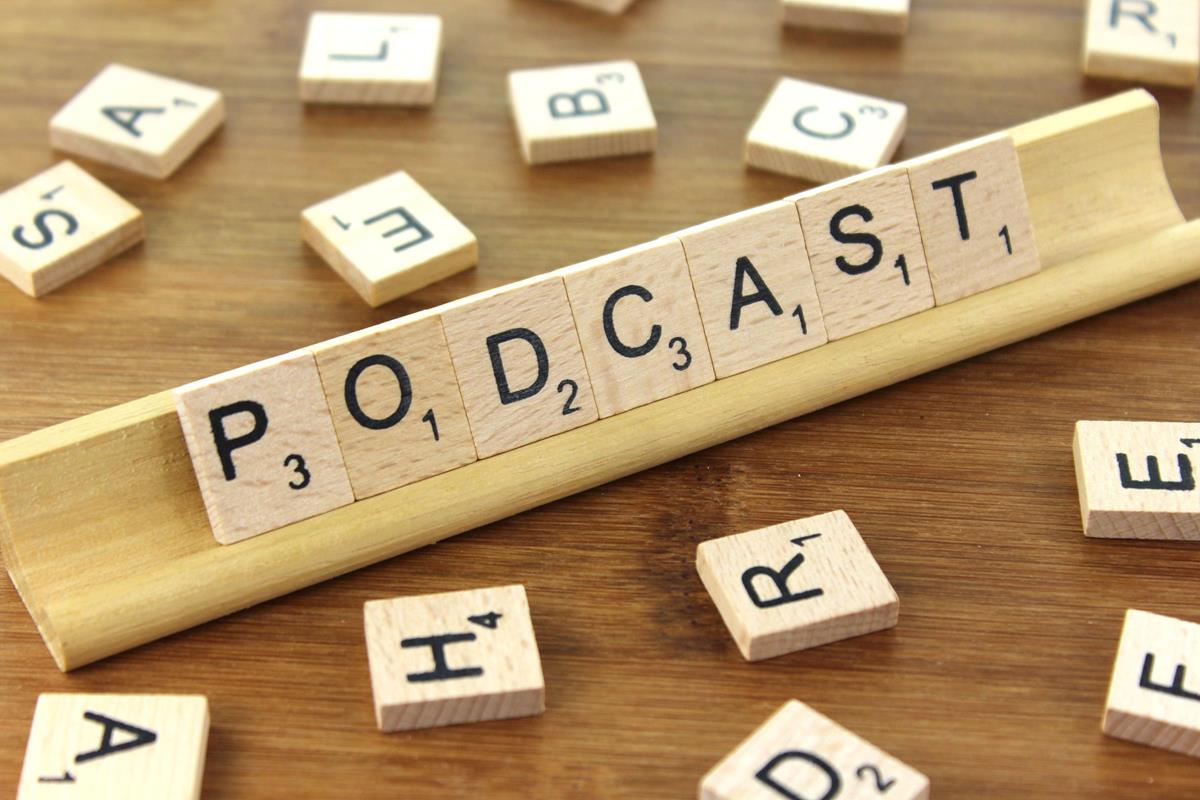
Starting a podcast might feel like child’s play these days, with a million guides out there detailing every technical step. But let’s cut the crap: growing a podcast audience? That’s where the real adults play. It’s the most pressing concern for new podcasters, because you can’t eat if you don’t have an audience. I’ve personally watched podcasts flame out faster than a college ex’s interest in commitment, and the hard truth is that 85% of Apple Podcasts are digital graveyards in 2025.
Most people bail when the dopamine hits dry up, but you’re built different, aren’t you? You’re ready to push through with some good old-fashioned gumption and discipline. You’re eyeing that top 1% club with their 5,080+ first-week downloads, or at least the top 25% with their 121+ downloads. There’s a hell of a cliff there, isn’t it? The 2025 podcast scene is a freaking mosh pit, with 6 million other shows vying for the attention of 548.7 million listeners worldwide. You’re not just making content; you’re selling yourself.
The unvarnished truth about podcast audience growth is that it demands a business mindset. The winners don’t treat podcasting like Tinder – all excitement, no commitment. Instead, they run their podcast like a business, know their listeners intimately, show up religiously, market with surgical precision, and pivot based on cold, hard numbers. This isn’t about throwing spaghetti at the wall; it’s about a blueprint for success. So, let’s dive into the practical, actionable strategies that top podcasters use to not just survive, but thrive and truly grow their audience.

1. **Define Your Strategic Foundation**Audience growth without a strategic purpose is like building a house on quicksand; it creates vanity metrics that don’t actually serve your business objectives. Most podcasters chase download numbers without understanding whether those listeners become clients, customers, or valuable community members. Your growth strategy must align with your business model before you invest a single minute in tactical execution. Are you building an audience to generate direct revenue through subscriptions and premium content? Are you positioning yourself as a thought leader for consulting opportunities? Or perhaps you’re creating a marketing channel for existing products and services?
Amanda Boleyn, whose podcast impressively reached over 3 million downloads, learned this crucial lesson through experience. She recounts, “I started recognizing that there is a real opportunity. And I started doing two episodes a week, and we started growing, and I actually started looking at numbers. Whereas before, I didn’t even open up my metric board because I didn’t, I’m like, Oh, this is fun. I don’t really care about that.” This shift from casual fun to strategic analysis is fundamental. The metrics that truly matter for business podcasts extend far beyond mere download numbers; you need to track consultation bookings, email list growth, social media mentions, speaking opportunities, and partnership inquiries that can be directly attributed to podcast discovery.
Audience research becomes absolutely critical for sustained growth in this competitive landscape. Successful podcasters analyze listener values, interests, lifestyle choices, and consumption habits, moving beyond basic demographics. This deep understanding informs every aspect of their strategy, from content topics and guest selection to promotional tactics, ensuring that their efforts truly resonate with their ideal audience. It’s about knowing who you’re speaking to, at a level that most creators simply don’t bother with.
The foundation of your podcast also requires understanding your unique positioning within the podcasting landscape. With over 4.5 million shows available, generic business advice or broad industry commentary will struggle to attract dedicated followers. Your growth accelerates dramatically when you identify the specific intersection of your expertise, your audience’s pressing needs, and the content gaps that exist within your industry. This niche focus is your secret weapon, allowing you to carve out a distinct space and attract listeners who are truly searching for what you offer.
Read more about: When Home Becomes a Hotel: The Heart-Wrenching Realities of Family Rent Conflicts and Financial Betrayal

2. **Know Your Listener (Stalker-Level Knowledge)**Your podcast isn’t for everyone, and thank god for that. The key to impactful growth is to niche down until it genuinely hurts. This intense focus allows you to create content that deeply resonates with a specific group, rather than shallowly appealing to a broad, disengaged mass. You need to ask yourself some uncomfortable but essential questions to define this core audience.
Who’s actually going to give a damn about what you’re saying? What keeps them staring at the ceiling at 3 AM? What anxiety are you solving for them with your content? What’s their idea of fun that doesn’t involve your podcast, and crucially, where do they waste time online? These aren’t trivial questions; they uncover the essence of your ideal listener and where you can effectively reach them.
Sounds crazy, but you should name your ideal listener, give them a birthday, and imagine their coffee order. This imaginary friend will save your podcast from becoming another digital graveyard. When you talk directly to this specific persona in every single episode, you create an intimate connection. Prof G, Scott Galloway, does this exceptionally well, making his audience feel seen in ways their therapist might not. This level of personalized connection fosters loyalty and engagement that generic content simply cannot achieve.
It’s important to be realistic; even Joe Rogan isn’t hitting home runs every single time. If you’re batting .300, those are Hall of Fame numbers in this game. We are a divided species, and an even more divided society, so expecting universal appeal is a pipe dream. If you want to achieve real podcast audience growth this year, you absolutely must know your people inside and out. There are a billion-plus Catholics, yet if the Pope can’t get everyone, you certainly won’t – and frankly, does the Pope even have a podcast?

3. **Consistency or Death**Remember that chilling 85% podcast graveyard statistic? You absolutely do not want to join those digital corpses. The path to avoiding this fate is brutally simple yet often overlooked: consistency. Pick a schedule – weekly, bi-weekly, monthly – that you know you won’t hate in three months, and then, for the love of all that is holy, just. Don’t. Miss. This isn’t a suggestion; it’s a fundamental pillar of audience growth.
Podcast listeners are creatures of habit, building your show into the fabric of their daily routines. They integrate you into their commutes, their workouts, their quiet moments, and yes, even their bathroom breaks. This habitual listening creates a powerful bond, but it’s easily broken. Your audience expects you to be there, a reliable presence in their content consumption.
Disappoint them just once, and they’ll replace you faster than a dead houseplant. There are millions of other podcasts vying for their attention, and loyalty is a fragile commodity. In fact, 81% of listeners would rather wait longer for something genuinely good than receive mediocre content more often. This reinforces the idea that while frequency is important, unwavering consistency in your chosen schedule is paramount for retaining and growing your listener base.
Read more about: Beyond the Leash: Unearthing the Fascinating World of Medieval Dogs
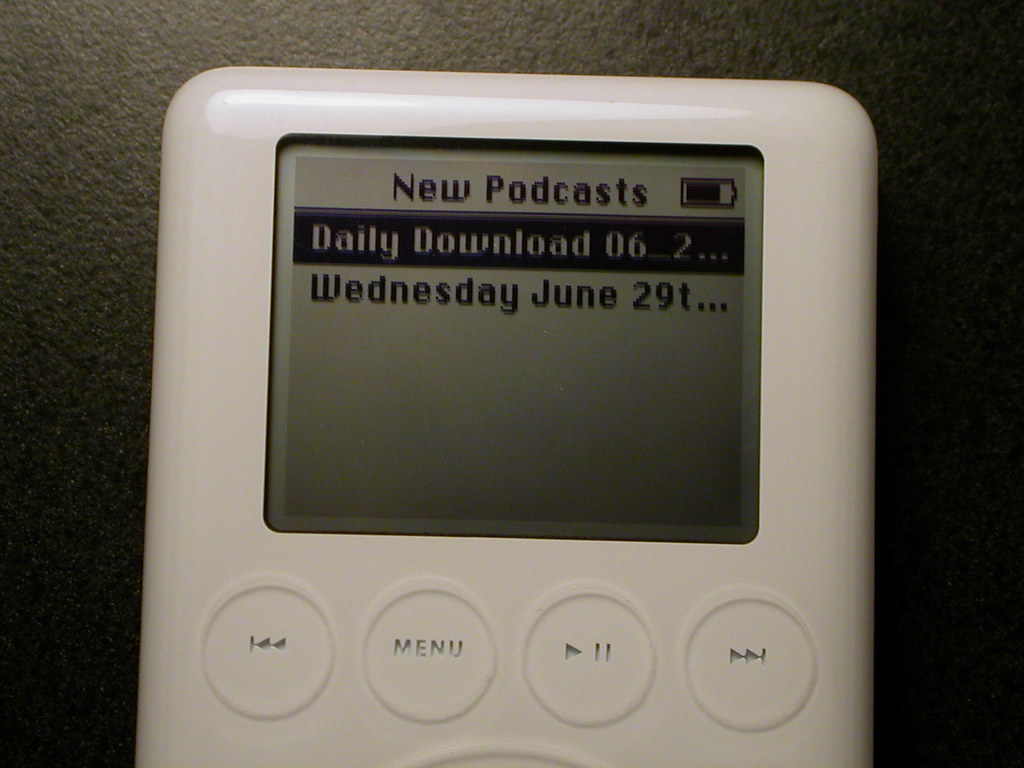
4. **Quality Counts (But Perfectionism Kills)**Let’s be clear: you should never, ever put out garbage. Your audience deserves respect and well-produced content. However, there’s a critical distinction to be made: don’t wait for perfection. As the saying goes, finished beats flawless every single time. In the midst of what feels like an AI catastrophe, it might seem obvious to just ‘be basic’ and focus on the fundamentals rather than endless tweaks. The goal is progress, not paralysis.
Instead of chasing an elusive ideal, focus your energy on what truly makes a difference. Ensure your audio doesn’t sound like you’re recording in a submarine; clear sound is non-negotiable for listener retention. Your content must be compelling enough that listeners don’t feel the need to check if they’re still alive during an episode. Offer insights they can’t simply get from a random Reddit thread, and deliver a perspective that’s uniquely, unapologetically you. This authentic voice and valuable content will shine through any minor imperfections.
It’s crucial to understand that your podcast isn’t heart surgery. You’re allowed to screw up sometimes. Nobody dies from an awkward edit or a slight verbal stumble. The pursuit of absolute perfection often leads to procrastination and prevents you from releasing valuable content to your waiting audience. Get your message out there, learn from listener feedback, and iterate. That agile approach will yield far greater results than endless, isolating refinement.

5. **Leverage YouTube: The Dominant Discovery Platform**If you’re ignoring YouTube in your podcast strategy, you’re essentially choosing to die in the current podcast landscape. The numbers are unequivocal: 33% of podcast listeners prefer YouTube in 2025. That’s not a suggestion; that’s a damn ultimatum. YouTube has officially dethroned Spotify and Apple as the podcast discovery king, demanding your attention and a robust strategy. Bow down or get left behind, because this platform now boasts over 1 billion monthly podcast viewers, far surpassing traditional audio platforms.
The data reveals precisely why a YouTube-first strategy makes undeniable sense for business podcasters. While 33% of weekly podcast listeners primarily use YouTube, only 26% opt for Spotify and a mere 14% for Apple Podcasts. For the crucial Gen Z audience, this preference becomes even more pronounced, with a staggering 84% preferring podcasts that include video components. This is where your future audience is actively looking for new content.
The good news is that video podcasting on YouTube doesn’t require complex, high-budget production. Many successful shows effectively utilize static images, simple talking-head setups, or even just screen recordings. The key lies in understanding that YouTube’s algorithm rewards consistent engagement, watch time, and subscriber growth far more than it prioritizes slick, overly produced content. Authenticity and value trump lavish production.
Your YouTube strategy must intensely focus on discoverability optimization. This means including relevant keywords in your video titles, crafting compelling thumbnails that immediately stand out in search results, and writing detailed descriptions that provide context while strategically incorporating search terms your audience actively uses. Think of it as SEO for video, ensuring your content is found amidst the vast sea of creators.
The content repurposing opportunity that YouTube offers can multiply your content’s reach exponentially. Full podcast episodes become a rich source of material for multiple YouTube videos: highlight clips, topic-specific segments, engaging guest introductions, and even behind-the-scenes content. Each of these shorter, bite-sized pieces serves as a potential entry point for new audience members to discover your complete podcast. Furthermore, YouTube analytics provide granular insights unavailable on traditional podcast platforms, showing exactly which segments retain attention, which topics engage most, and how viewers discover your content, allowing you to fine-tune future episode planning.
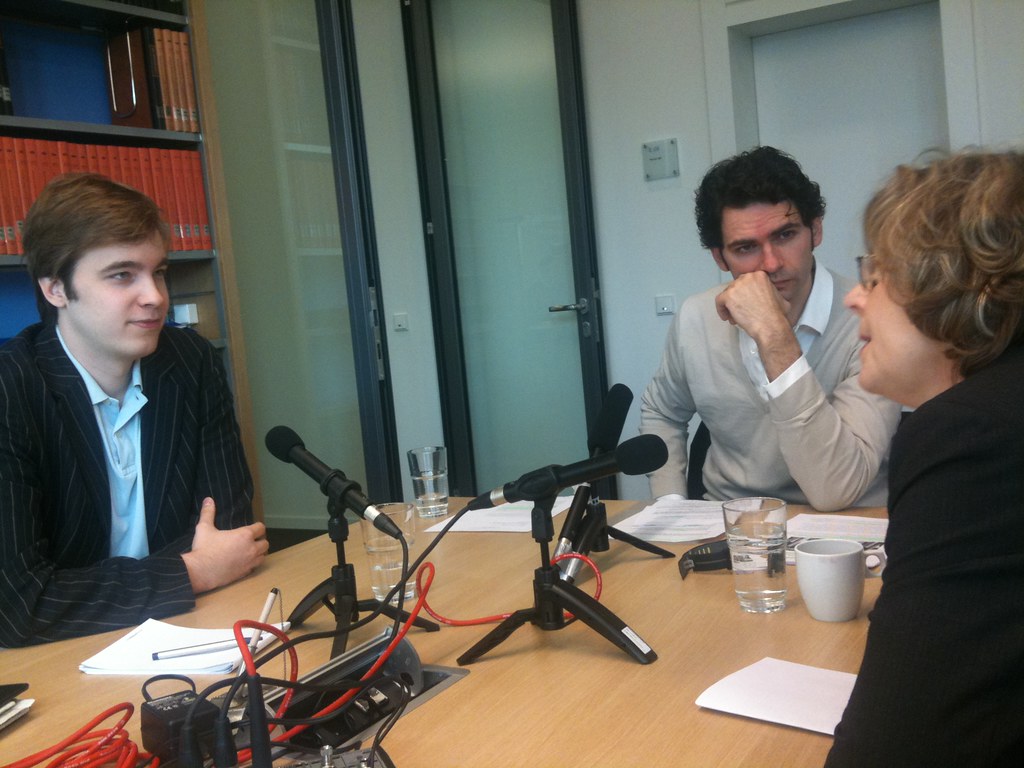
6. **Master Social Media Strategy That Converts**Social media has fundamentally shifted how successful hosts approach audience development, becoming the primary discovery channel for podcast growth. With 71% of podcast listeners discovering new shows on these platforms, a strategic social presence is not just helpful; it’s absolutely essential for growth. However, this isn’t about shouting into the void or selling your soul; it’s about tactical engagement.
The key insight here involves creating value-driven content rather than merely posting promotional announcements. Instead of simply proclaiming a new episode is out, share compelling insights, powerful quotes, or behind-the-scenes glimpses that provide immediate value to your social media audience. This approach builds trust and positions your expertise, laying the groundwork before you even ask for podcast engagement. Remember, it’s called ‘social’ media for a reason; you need to actually talk to people.
Platform selection should be a deliberate choice, aligning perfectly with your audience preferences and your content creation strengths. LinkedIn, for example, works exceptionally well for B2B podcasters, offering unparalleled professional networking opportunities and a prime space for thought leadership. Conversely, Instagram and TikTok excel for lifestyle and personal development content, leveraging visual storytelling and the power of short-form video content to capture attention. Don’t try to be everywhere; pick 2-3 platforms where your people actually hang out.
Video content absolutely dominates social media engagement across all platforms. Video posts generate an impressive 10x more engagement compared to text-only content, with 62% of users watching videos under 60 seconds all the way through. This creates perfect, unmissable opportunities for crafting podcast highlight clips, dynamic audiograms, and engaging guest quote graphics. TikTok and Instagram Reels, in particular, are podcast discovery machines in 2025, so keep clips short and always add captions, as 85% of users scroll with the sound off.
A smart cross-platform content strategy maximizes your time investment. The idea is to create one primary piece of content – often a compelling video clip or a key insight from your episode – and then adapt it for different platforms. A 60-second highlight from your podcast can seamlessly transform into a LinkedIn video post, an Instagram Reel, a TikTok video, and a Twitter thread, each with platform-specific modifications. This allows you to recycle your content like you’re saving the planet, ensuring that clever thing you said reaches a wider audience. Engagement tactics should focus on community building, responding to comments, sharing other creators’ content, and participating in industry conversations to build relationships that translate into loyal podcast subscribers.
Read more about: Unlock Continuous Power: 13 Essential Ways to Keep Your RV’s 12-Volt Battery Charged on Every Adventure
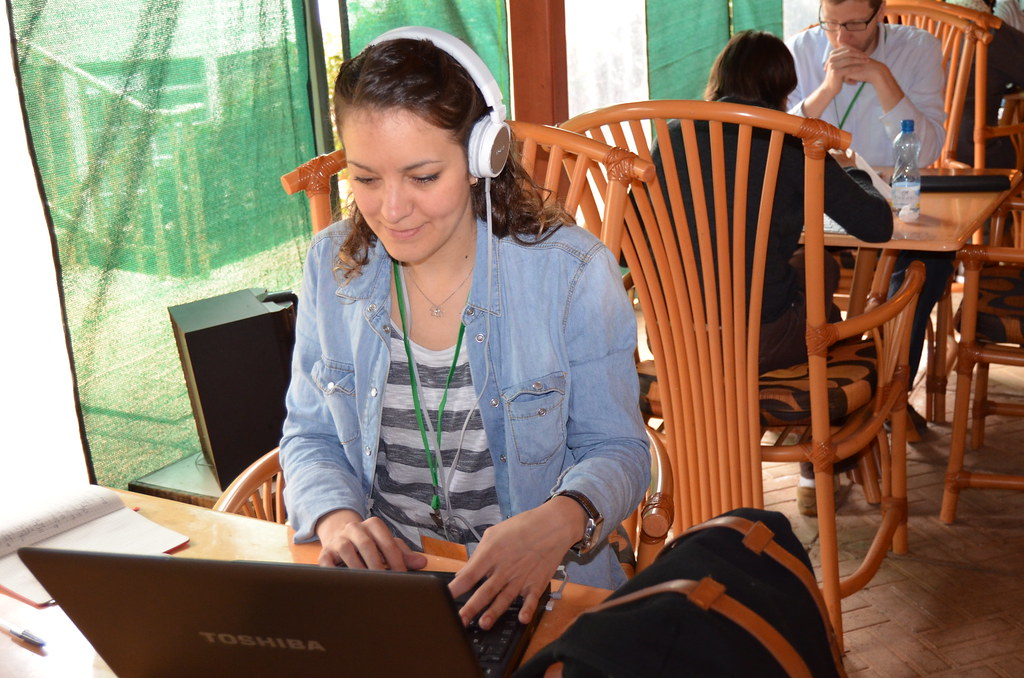
7. **Optimize for Podcast SEO**Podcast SEO matters, even if it sounds as boring as hell, and it’s certainly not just for nerds anymore. The landscape is also changing quite a bit, particularly because Google is deciding that ‘evil is punk now’ in its ranking algorithms. Despite these shifts, optimizing your podcast for search engines remains a crucial, actionable step for discoverability and growth.
There are several key areas you absolutely must optimize. Front-load those juicy keywords in your episode titles; this is often the first thing both algorithms and potential listeners see. In your show notes, add timestamps and transcripts, acting like you actually care about accessibility and searchability. Sprinkle niche keywords like fairy dust throughout your podcast description. And be specific, not desperate, when selecting your tags and categories, ensuring your show is accurately classified.
Crucially, use keywords naturally within your content. If it sounds like you’re reading a robot’s shopping list, you’re doing it wrong, and both listeners and search engines will penalize you. The SEO landscape has indeed changed quite a bit in the last 18 or so months, primarily within the Google.com platform itself, forcing you to deal with AI-driven results. However, there are tools to help get around that, and remember that platforms like Spotify and YouTube are increasingly video-centric. So, as the context suggests, “pull an Ezra and get a glow up” – embrace video to enhance your SEO for these dominant platforms.
Ultimately, SEO allows your content to be found by people who are actively searching for your topic, which is the holy grail of organic growth. By strategically using primary and secondary keyword variations, like “how to grow a podcast audience,” your podcast significantly increases its chances of appearing in both general search engines and dedicated podcast directories. It’s about ensuring your content isn’t just great, but also discoverable by the right ears.
Read more about: 11 Proven Strategies: The Essential Habits Top Podcasters Use to Skyrocket Audience Engagement and Retention

8. **Execute Cross-Promotion and Strategic Partnerships**Strategic alliances are critical for accelerating audience growth. Forget the solitary grind; it’s time to “make friends, not enemies” by identifying your podcast cousins for targeted collaboration. This leverages existing trust, as “cross-promotion delivers 2.4x better results than paid ads” because a personal endorsement from a trusted source is invaluable.
Successful cross-promotion hinges on “audience alignment rather than show size.” A podcast with a thousand highly engaged listeners in your target market will outperform a larger show with a general audience. Focus on finding hosts whose audience genuinely benefits from your expertise and whose content resonates with your own. This ensures every shared audience member is a high-quality lead, not just a fleeting download.
Guest appearances offer a powerful dual benefit: they multiply your reach and provide valuable content for your own show. Identify podcasters serving your ideal client base and pitch guest appearance topics offering exceptional value to their audience. The goal extends beyond self-promotion; it’s about genuinely helping their listeners gain insights. Amanda Boleyn advises, “You also want to have a call to action when you go on someone else’s podcast because these are potential new listeners, potentially new customers and you want to be able to start that dialogue.”
Strategic partnerships mean long-term relationships, not one-off exchanges. Develop ongoing connections with complementary podcast hosts through regular content collaboration, joint virtual events, or mutual referral agreements that consistently benefit both audiences. Crucially, track new subscribers, website visits, and email sign-ups directly attributable to specific activities. This data-driven measurement ensures your efforts consistently yield measurable returns.
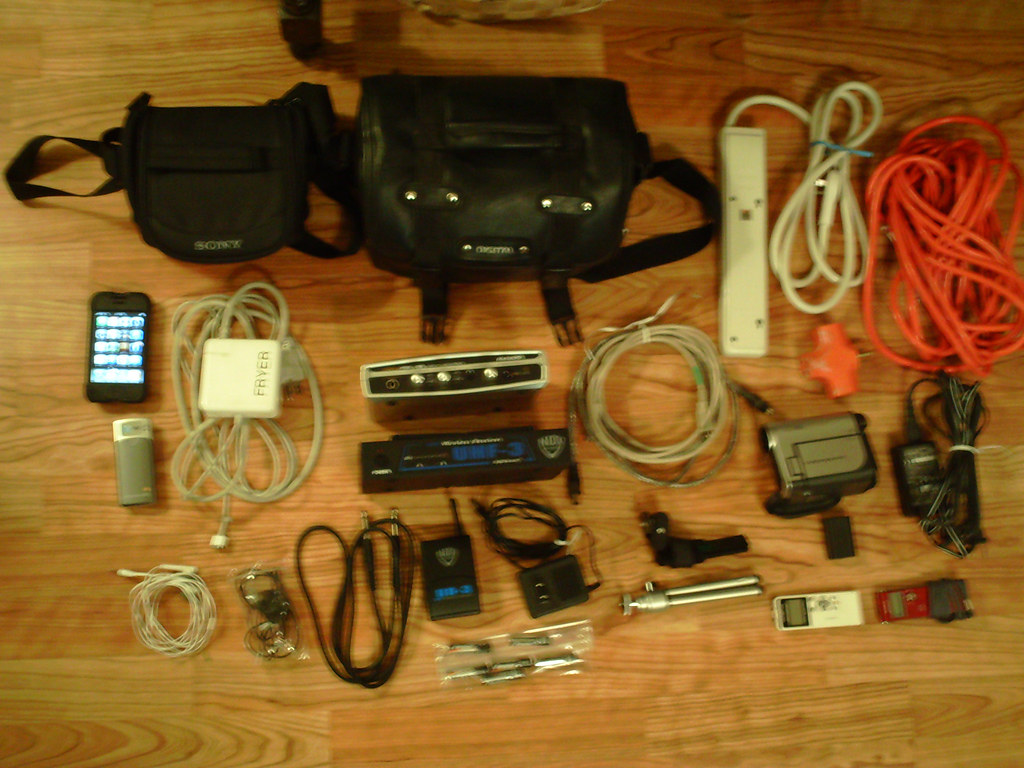
9. **Treat Listeners Like Actual Humans & Build Community**Your podcast listeners are far more than just download statistics; they are individuals with their own careers, challenges, and unique interests. Nurturing them into a loyal community is paramount for sustained growth. This isn’t just a friendly gesture; “podcasts with communities retain listeners 4.1x better than lonely shows.” This statistic alone underscores the immense value in building genuine connections, transforming fleeting listeners into dedicated advocates.
To foster this vital connection, you must actively “treat listeners like actual humans” through meaningful two-way communication. Respond diligently when they reach out with questions or comments, making them feel heard and valued. Proactively “ask what they actually want to hear,” using their feedback to shape your content. This participatory approach ensures your podcast remains relevant and deeply resonant, solidifying their commitment to your show.
Building a dedicated community provides a shared space where listeners can connect with each other and with you. Platforms like Discord are rapidly becoming “podcast Valhalla,” offering a dynamic environment for deeper interaction. If you embrace the video route, which you should consider, creating a great platform for interaction becomes even more crucial. These communities empower listeners to feel like “insiders, not just consumers,” fostering a sense of belonging and mutual investment in your content.
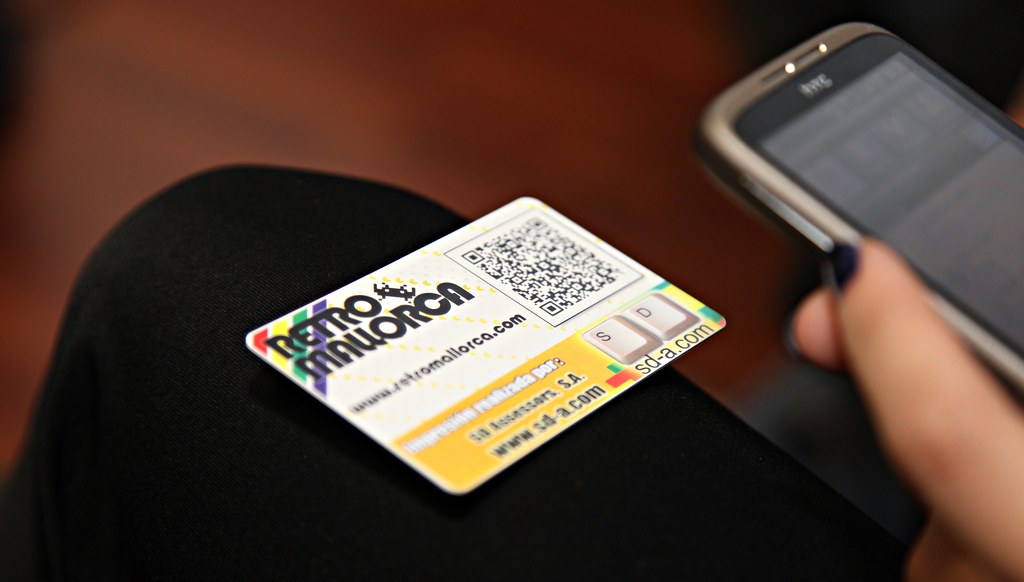
10. **Track Analytics That Drive Better Content Decisions**In the competitive podcasting arena, guesswork is a luxury you cannot afford. “Data-driven content decisions separate growing podcasts from stagnant shows,” highlighting the critical shift from intuition to informed strategy. While “numbers don’t lie,” it’s equally important to recognize that “not all numbers matter.” Successful podcasters meticulously analyze metrics that provide actionable insights into listener behavior and content performance, ensuring your efforts are always optimized for genuine impact.
Beyond surface-level download trends, delve into engagement and completion rates for each episode. Monitor precisely “how long people actually stick around” and identify “where listeners typically drop off during episodes.” This granular data unveils critical content quality patterns, directly informing future episode planning and refining your storytelling approach. Adjusting pacing, segmenting content, and improving flow ensures maximum retention.
Geographic and demographic data offer additional strategic advantages, identifying opportunities for highly targeted growth strategies. If a significant portion of your audience hails from specific regions, consider optimizing for those time zones with live content, featuring regional case studies, or forming location-specific promotional partnerships. Platform distribution analysis reveals where to concentrate efforts, for example, more YouTube optimization if it consistently generates more engagement than Spotify.
Read more about: Driver’s Guide: Debunking the 5-Year EV Battery Anxiety – New Research Shows Longevity and Lasting Value
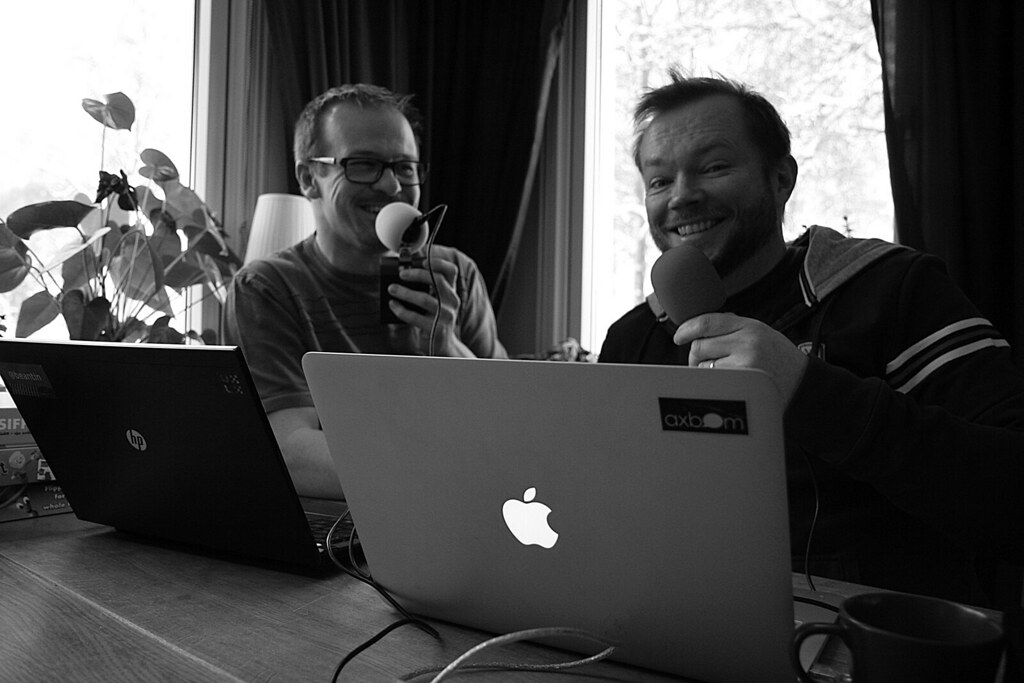
11. **First 30 Seconds: Don’t Blow It**The opening moments of your podcast episode are arguably the most crucial for listener retention. This isn’t just a suggestion; it’s a stark reality that “you lose up to 35% of new listeners in the first minute.” In a world saturated with content, attention spans are fleeting, and your audience makes swift judgments. Your absolute priority is to “start with a hook that grabs them by the earbuds,” immediately signaling the value and excitement they can expect. This initial impression dictates whether they stay or switch to another show.
Avoid the common pitfall of lengthy, self-indulgent introductions. “Skip the 5-minute intro about your day” or mundane personal anecdotes. As the saying goes, “nobody cares about your coffee order” when they’re seeking valuable insights or engaging storytelling. Your listeners are tuning in for a specific reason, so respect their time and “get to the good stuff fast.” This direct and efficient approach demonstrates professionalism and an understanding of your audience’s primary motivation.
Podcasts that master this critical opening window experience significantly better retention rates. The data clearly shows that “shows that nail their openings keep 70% more first-time listeners.” This isn’t rocket science; it’s about delivering immediate value and a compelling reason to continue listening. Craft an opening that sparks curiosity, promises a solution, or delivers a captivating statement, ensuring that new listeners are instantly captivated and committed to the journey you’re about to take them on.
Read more about: You Won’t Believe How Gross These 14 Common Household Items Actually Are: Your Ultimate Germ Hotspot Guide!
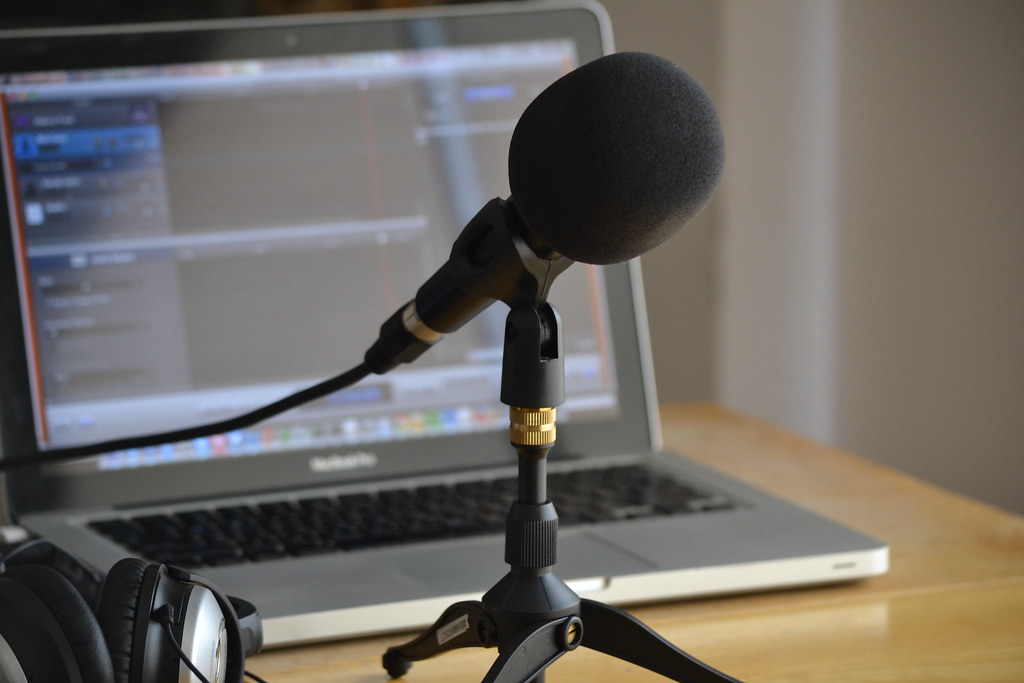
12. **Build Email Integration and List Building**In an era of constantly shifting algorithms and platform dependence, establishing a direct connection with your audience is paramount. Email integration effectively transforms podcast listeners into an “owned audience,” ensuring they remain connected to your brand regardless of changes on third-party platforms. Your podcast serves as an incredibly powerful engine for consistent email list growth, provided you execute a strategic approach, building a robust, resilient communication channel.
Every episode should include clear, compelling calls to action designed to guide listeners into your email ecosystem. This isn’t just about asking for an email address; it’s about offering undeniable value. Perhaps it’s a downloadable episode-specific resource, an invitation to join an exclusive newsletter for deeper insights, or access to premium content reserved only for email subscribers. The key is to make the value proposition irresistible, so listeners eagerly choose to opt-in for continued engagement.
The lead magnets you develop must be directly relevant to your episode content while offering standalone value. If an episode focuses on productivity strategies, offer a downloadable productivity template. Should you interview a successful entrepreneur, provide a related case study or a curated resource list. This ensures that new subscribers are genuinely interested in your core topics, leading to a higher quality, more engaged list.
Read more about: Cybersecurity Experts Warn: Unpacking the New Wave of Incredibly Real Text Phishing Scams and How to Stay Safe
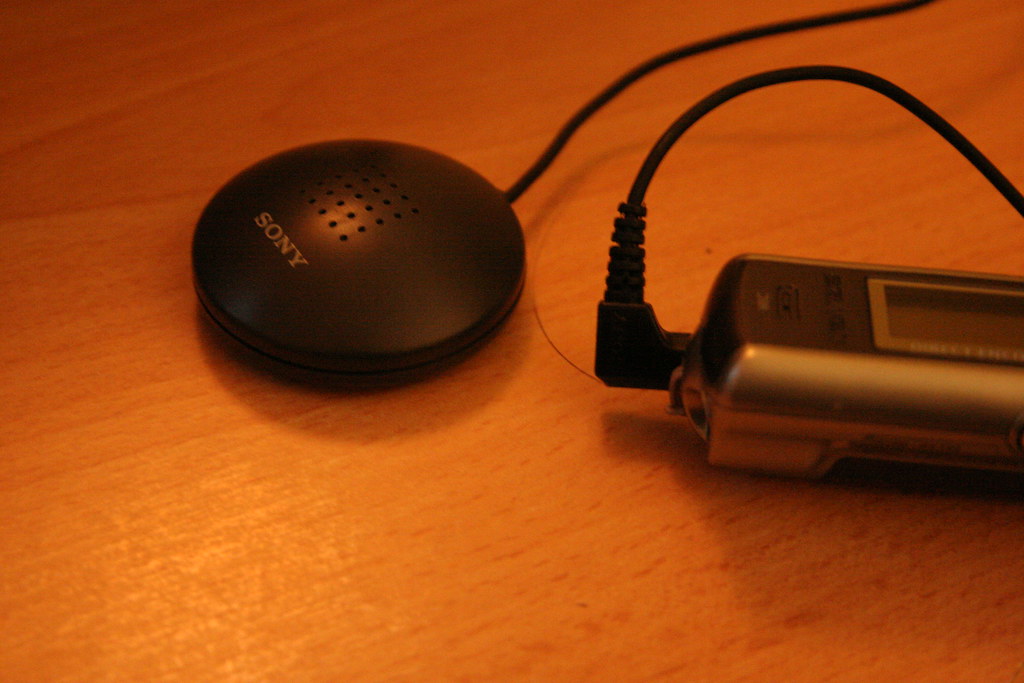
13. **Create Short-Form Content for Maximum Reach**The explosion of short-form video content has fundamentally reshaped podcast discovery and audience growth strategies. Platforms such as TikTok, Instagram Reels, and YouTube Shorts are purpose-built for concise, engaging clips that consistently receive “10x more engagement than traditional posts.” Ignoring this dominant trend is akin to overlooking a goldmine; these platforms are now essential channels for capturing new listeners who might never encounter your full episodes elsewhere. Your content strategy must include a robust short-form video component.
The core strategy involves identifying the most compelling moments within your full-length episodes and transforming them into standalone, impactful pieces. Look for the emotional peaks, surprising insights, controversial statements, or highly practical tips that resonate most powerfully. These “espresso shots” of content often perform exceptionally well when extracted and presented as short-form video. Tools like Headliner can efficiently transform audio into “social media-ready visuals,” making it easier to create dynamic clips.
When crafting this content, prioritize “value delivery within the first few seconds.” Short-form algorithms heavily favor content that immediately captures attention and maintains engagement throughout the entire clip. Start with your strongest insight or most compelling statement, eliminating any unnecessary build-up. Platform-specific optimization is also key: TikTok thrives on authentic content, Instagram Reels reward high-quality visuals, and YouTube Shorts benefit from keyword-optimized titles.
Batch creation is a highly effective way to streamline the short-form content process. During your regular podcast recording session, make it a habit to identify three to five potential short-form clips per episode. Then, dedicate a single editing session to producing these clips, rather than creating them individually over time. This efficient workflow ensures a consistent output without significant additional overhead. The idea is to repurpose your content “like you’re saving the planet,” making sure every clever insight reaches the widest possible audience.
Read more about: Burt Reynolds, Enduring Icon of Film and Television, Dies at 82
Growing your podcast audience isn’t a whimsical endeavor; it’s a strategic war, demanding a battle plan built on consistency, quality, and genuine connection. You now hold the blueprint, equipped with the practical, actionable strategies that top podcasters employ to thrive in this “freaking mosh pit” of 6 million shows. This isn’t a Kevin Costner movie where simply showing up guarantees success. You can’t afford to treat podcast audience growth as anything less than a relentless pursuit. Go make some noise, because your future listeners are waiting for you to get your act together and deliver the value they seek. It’s time to get your hands dirty, apply these principles, and carve out your undeniable space in the digital audio landscape.



